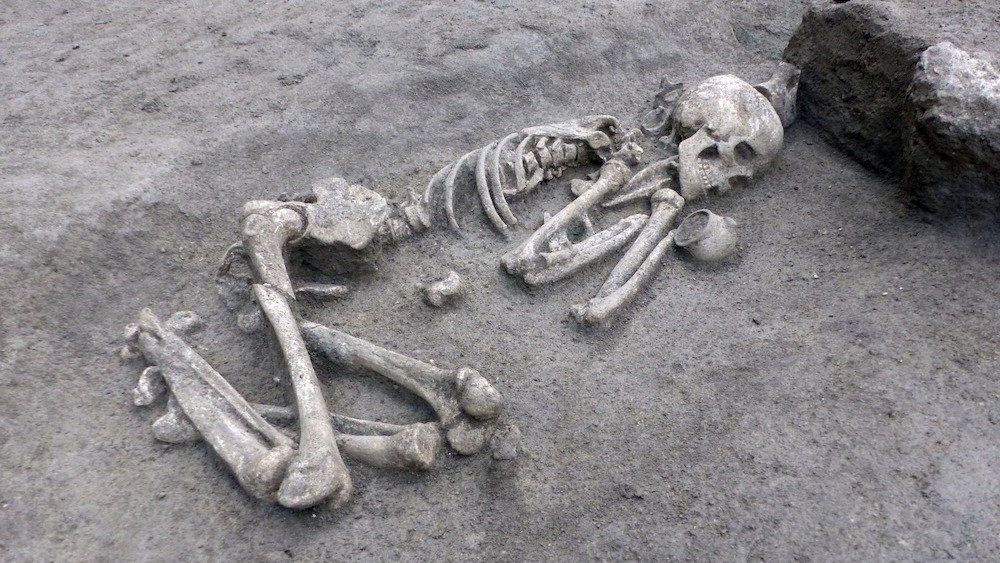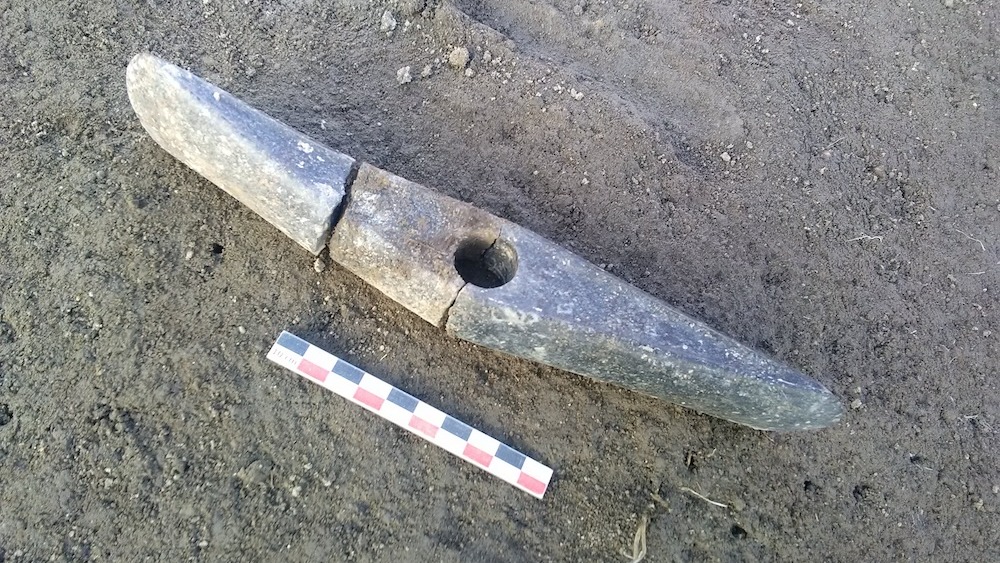
Archaeologists in France have excavated a Neolithic site containing 63 burials and hundreds of structures and artifacts from a human occupation spanning roughly 4,000 years.
The site in Clermont-Ferrand, a city in the Auvergne region of central France, was discovered during construction work in the 1980s. However, it wasn't until a highway-widening project that started in 2019 that archaeologists began excavations there, according to a translated statement from France's National Institute of Preventive Archaeological Research (INRAP).
Radiocarbon dating revealed that humans visited the area before 6000 B.C., during the Mesolithic, or Middle Stone Age. But the vast majority of the radiocarbon dating showed that the site was used throughout much of the Neolithic period, also known as the New Stone Age. During this time, people began creating settlements and relying on agriculture; some of the site's ceramics, hearths and dug pits date to between 4750 and 4500 B.C.
Archaeologists also discovered a variety of tombs, mostly consisting of "simple pit burials" with no furnishings. In these pits, the deceased were buried in a "folded position," lying on their sides with their knees bent. However, researchers found several tombs built out of dry stone (stacked stones with no mortar) that were likely covered with earthen mounds. These tombs contain "complex arrangements, sometimes accommodating several individuals," and date to the fifth millennium B.C., according to the statement.
The team also found cists, or graves made from long rock slabs. It appears that people no longer lived at the site by this time but rather used it as a burial ground.
Related: Largest-ever genetic family tree reconstructed for Neolithic people in France using ancient DNA
By the fourth millennium B.C., the practice of cremation had been introduced, as revealed in two separate tombs with cremated deposits. People also moved back to the site, according to radiocarbon dating of domestic structures from this time.
Human and animal burials continued until the beginning of the second millennium B.C., with excavations yielding several silos containing the remains of sacrificed cattle.

In addition to the dozens of burials, archaeologists unearthed numerous ancient artifacts. These included a "rare object" made using a polished piece of deer antler that was prominently placed on a human skull, intentionally broken or "sacrificed" spherical funeral urns, ceramic containers, a wild boar tusk that may have been worn as a bracelet, and a flint arrowhead.
The team also found a roughly 3,300-year-old perforated, double-headed ax "of exceptional workmanship." It was carved out of a metamorphic rock known as serpentinite, which had been "deliberately broken" into three pieces, according to the statement.
The excavations show that the site had a "long Neolithic occupation," with gaps in occupancy and changing burial customs.
"Funerary practices and gestures show a wide variety, which will need to be analyzed in detail to retrace the history of this emblematic site of Neolithic Auvergne," the team said in the statement.







